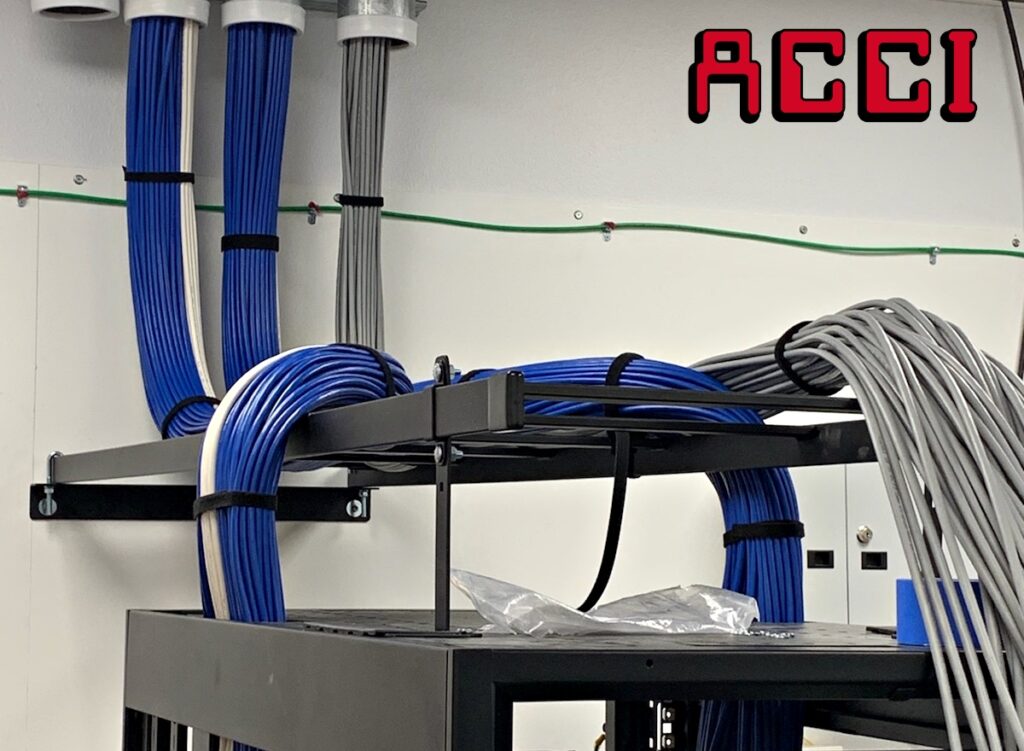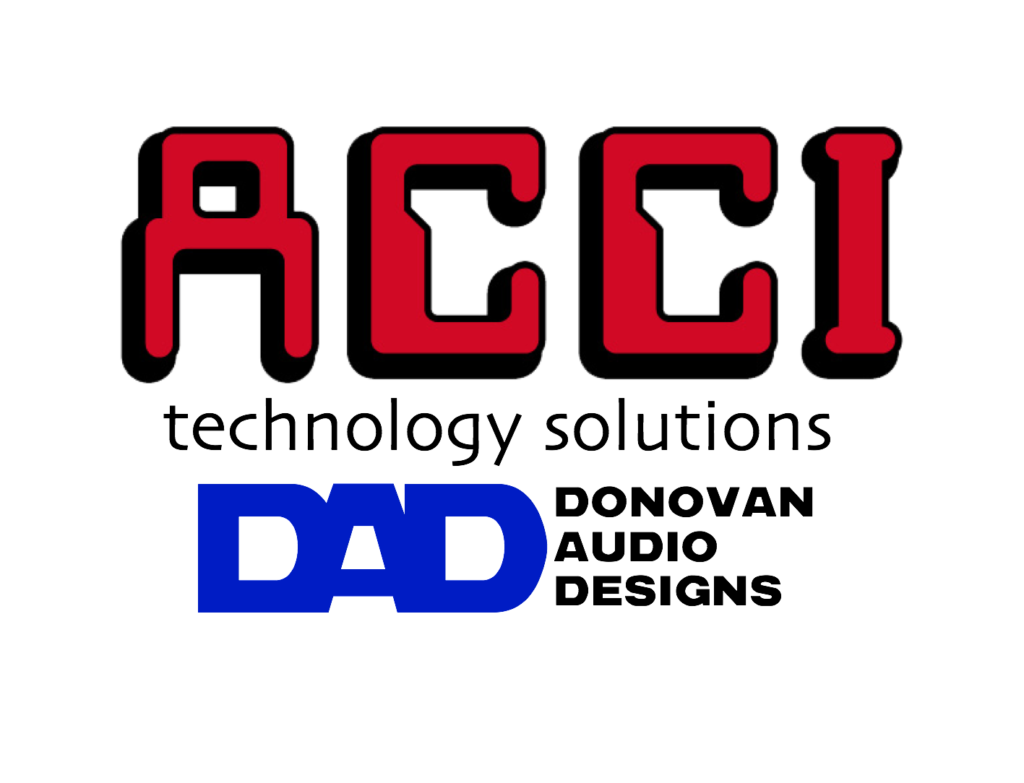
The Importance of Cabling
Network infrastructure (specifically cabling) is often not recognized publicly for its value. This is probably because great infrastructure is designed and installed so it is out of sight, out of mind and out of the way.
As demand for, and discussion around infrastructure grows; particularly for wireless infrastructure, it may be tempting to think that we in fact need less cabling. After all, the very definition of ‘wireless’ suggests less wire.
However this is misleading – there is still a lot of wire in wireless, and in fact as wireless networks transform to smaller and smaller cells to achieve the capacity and coverage users and devices require, there is a need to wire additional access points.
The Growing Value of Optical Fiber
As we move into an increasingly wireless world, we are still highly dependent on a network infrastructure based on wires, albeit a large part of it being optical fiber. As such, all infrastructure considerations must begin with a structured approach to cabling.
Structured cabling is the accepted way of dealing with the proliferation of interlinked electronic devices. Because a single type of copper and/or optical fiber cable is able to meet a variety of communications needs, the wide adoption of structured cabling will continue as applications expand from voice, data and video to include building automation systems, security systems and other control networks.

Cabling Implications for Design Strategies
Of course, different cabling types have restrictions on their applications and specific capabilities, meaning design teams must evaluate their infrastructure choices carefully, keeping building use and longevity in mind.
Inline with the need to adapt to growing infrastructural demands, designers today are increasingly finding ways to achieve simpler, cheaper, and neater solutions to problems associated with accommodating ever growing networks.
It is now far more common for clients, IT specialists, facilities managers, and all of the many and varied members of building design teams to “be on same page” during the design and building process – we are better prepared than ever to adapt to growing infrastructure demands.
